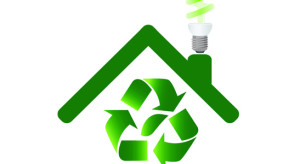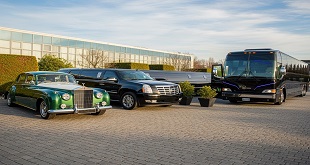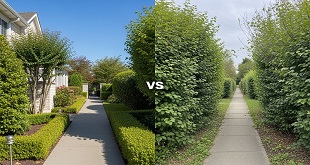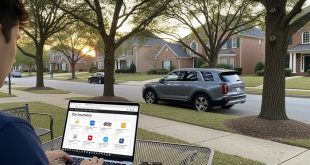 Environmental concerns have long exerted influence over the way we think about architectural construction. It’s only relatively recently that we’ve really been able to observe this influence at work. The tendency towards uniform concrete construction that was so often observed during the mass building eras of the 1960s, 70s and 80s, has slowly given way to more thoughtful design. It’s also created building practices that are designed to both conserve and promote their surrounding environment.
Environmental concerns have long exerted influence over the way we think about architectural construction. It’s only relatively recently that we’ve really been able to observe this influence at work. The tendency towards uniform concrete construction that was so often observed during the mass building eras of the 1960s, 70s and 80s, has slowly given way to more thoughtful design. It’s also created building practices that are designed to both conserve and promote their surrounding environment.
Consumer Demand Meets Environmentalism
This energy efficient makeover has come about as a result of consumer demand, industry incentive and environmental concern. Both new buildings and refurbishments have been influenced by a relatively new preference for green construction amongst both industry professionals and members of the public alike.
This preference has been observed around the world and in many cases has been legislated by governments eager to solidify environmental welfare into actionable policy. In America, Obama’s American Recovery and Reinvestment Act has so far allocated more than $80 billion to clean energy technology. In the UK there are now a number of enforceable initiatives pertaining to the maintenance of existing and the construction of new properties.
Innovations Influence Practice
Some of the innovations which have arisen from the increasing preference for green construction have exerted their own influences upon the evolution of architectural practice. This has had to adapt in order to make allowances for new technologies.
One such example is that of the ‘cool roof’. Designed to increase solar reflectance, this roof is designed to ensure that buildings remain cooler under high temperatures than it would otherwise have done. Lowering the temperature of a roof has an important impact upon the need for a building to operate air conditioning, which is both costly and harmful to the environment. This type of green construction trend has an important impact upon architecture, as a cool roof deviates away from traditional sloping roof designs.
Making the Most of Natural Resources
Solar power has also changed the face of modern architecture in various important ways, but particularly with regards to the design and construction of new buildings. Existing properties can be converted quite easily, but it’s unlikely that they will ever be able to rely on solar energy for the majority of their energy needs. However, new buildings – such as the proposed Virginia Tech Solar House – are able to provide a much greater degree of energy efficiency.
Pre-Fab Proves a Quick Win
Also in the limelight right now are pre-fabricated houses, which can be easily shipped and erected anywhere in the world after being designed and ‘cut-out’ at a central manufacturing point.
‘Pre-fab’s’ are cheap, lightweight, tend naturally towards being eco-friendly, can be bought for the fraction of the cost of a bricks-and-mortar property and put together using simple hire-purchase Handling Equipment Online equipment. In addition, prospective pre-fab owners have found that taking active part in the design process allows them a much greater autonomy over the final look and efficiency of their home. Thereby allowing the consumer greater input into the future of green construction.
 Entrepreneur Resources Your source for small business information
Entrepreneur Resources Your source for small business information




